Living Inspiration
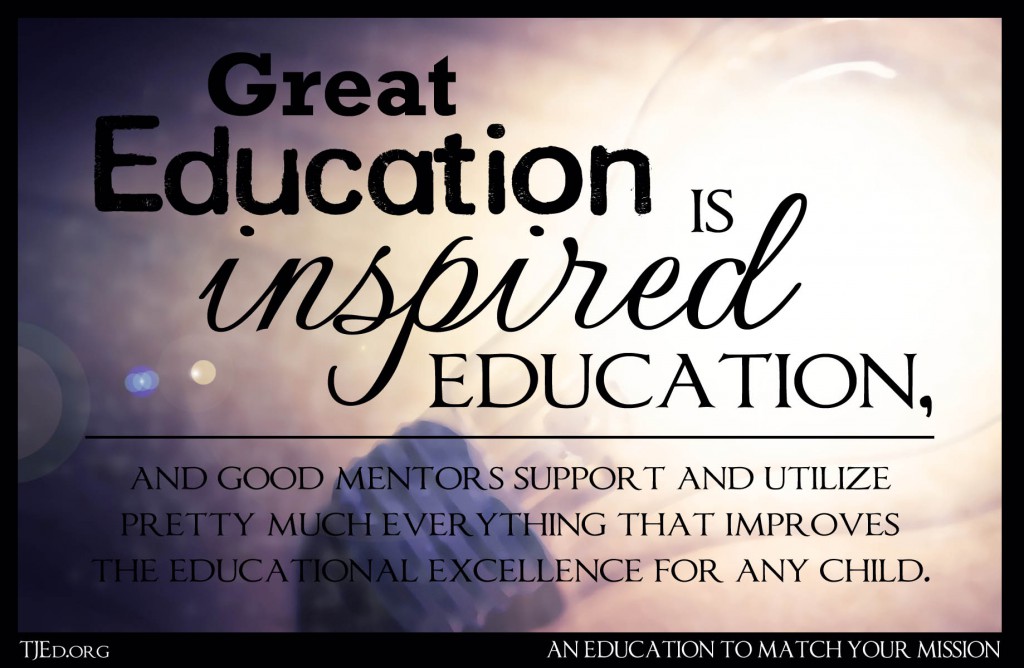 The word “inspire” is one of the most powerful in the English language. It contemplates major improvement, massive personal change, and real societal progress—because when a person is inspired, he does things at a whole new level, frequently in entirely new ways. If not, he’s not actually inspired.
The word “inspire” is one of the most powerful in the English language. It contemplates major improvement, massive personal change, and real societal progress—because when a person is inspired, he does things at a whole new level, frequently in entirely new ways. If not, he’s not actually inspired.
One of the great core principles of learning is that inspiration is central. When a person—of any age—is truly inspired, in the flow, deeply connected with the universal, truly “in the groove,” so to speak, learning always brings depth, wisdom, punctuated leaps, and even profound epiphanies.
Without this essential part of education, less learning occurs. Indeed, parents, teachers and other mentors and leaders who effectively inspire those they serve are the most important catalysts of great, quality learning. Nothing can take the place of inspiration in education.
With that said, inspiration in learning isn’t just lofty, stirring, or memorable. It doesn’t only bring shouts of “Eureka!” It is also incredibly basic. Foundational. Fundamental.
Specifically: The root of the word “inspire” is the Latin spirare, which means, simply, “to breathe”. (See Klaus Schwab, The Fourth Industrial Revolution, 2016, 109) This is incredibly profound. The opposite of inspire is “expire”, a synonym for death. Thus to be inspired is to be truly alive. To be breathing.
An old ad for a respiratory therapy stated: “When you can’t breathe…nothing else matters.”
Words to deeply ponder.
Freeing Inspiration
The root meaning of “inspire” applies to education in a direct and breathtaking way. How often does the system modern society uses to deliver schooling actually lead to the opposite of inspiration? For example, many people describe graduating from high school as “being free—finally being able to breathe, not being stifled anymore.”
Put another way: Is the way your child or youth experiences education at all stifling? Or suffocating? Many young people feel this way. More to the point: Is there anything you can do about your child’s/teen’s education that will make her smile, sit back, and breathe more deeply?
Does she need a change from the way she’s been experiencing education? If so, inspiration (real breathing) is lacking. In the martial arts and the healing arts (meditation, Yoga, Tai Chi, etc.,) the focus is frequently on learning to breathe more consciously, more deeply, more often, and with more purpose – to take in the essential, life-giving force that sustains, motivates and empowers us. This is, literally, what inspiring means.
When you as a parent or mentor inspire those you teach and serve, you improve their educational breathing—their connection to truth, goodness, personal purpose, and love of the things that matter most. If this isn’t a central part of their learning, their education will suffer. They need to breathe…
They need to be inspired.
Breathing Inspiration
Indeed, this is one of the most important reasons that TJEd and indeed all quality education often emphasizes inspiring over requiring. Requirements that cause constriction, tightening, narrowing, and shrinking of the student’s educational breath also trigger constriction, tightening, and shrinking of great learning. They smother the best things about truly quality education.
This doesn’t mean that learning shouldn’t sometimes be challenging, difficult, even arduous, but rather that such challenges should occur at the right times (less than our current modern educational system demands in Core and Love of Learning, and much more than the modern norm in Scholar and Depth Phases) and in the right ways (with mentors who set the right example and infuse the whole experience with meaning, relevance and purpose.)
After all, running hard—with proper training, rest, and repetition—gets the body in shape, while an out-of-shape body is often out of breath. The right educational exertion, done the right way, improves the mind as well. One way to clearly know if it is being done the right way is if the student is increasingly happy—deeply breathing in the joy of increased knowledge, wisdom, skill and learning just for the love of it.
If this bright, cheery attitude is lacking, breath (inspiration) is too thin. It needs to be boosted—immediately and consistently.
On an even more basic level, students who take a good, deep breath before they read, study, and learn, and breathe well throughout, learn more effectively. Thinking burns up a lot of oxygen. This applies in test-taking as well: Breathing properly and amply during tests is the natural result of consistently breathing well while learning in other ways.
Inspiration
To inspire greatness in learning, teach yourself to notice if a student’s current projects, assignments, topics, schedule, or other things about his educational experience and habits are more stifling or liberating. Do they quicken the breath with tension and anxiety, or with anticipation and excitement? Do they cause smiles (naturally lifting the diaphragm), or frowns (weighting down and slowing the diaphragm)?
Over the years as we’ve promoted the great importance of inspiration in education, and of parents and teachers becoming truly inspiring with every child, teen and student, a lot of people have asked us how to inspire. We’ve written a lot about it.
But nothing makes it easier than to simply link the word “inspire” and the word “breathing” in your mind. This is part of Emotional Intelligence, and a great tool for parents, teachers, mentors and leaders. (See Daniel Goleman’s bestselling book Emotional Intelligence)
As a mentor, watch how your student is “breathing.” This will nearly always tell you her level of feeling inspired. If she needs to be more inspired (and who doesn’t? truly!), watch to see how your effort to inspire her influences her breathing. This is a powerful clue about what kind of learning she is experiencing—the kind that stifles her and brings hate of learning, versus the kind that inspires her and catalyzes an even greater love of learning.
Great education, like breathing, brings life, energy, and liveliness—and fuels passion for learning. If learning isn’t inspired, your child/student is slowly dying educationally, and at some point he’ll be gasping for air—or, in this case, gasping for the kind of learning that has real meaning to him. That matters to him. That he can truly care about.
Breathing is life, and in education inspiration is as important as breathing.





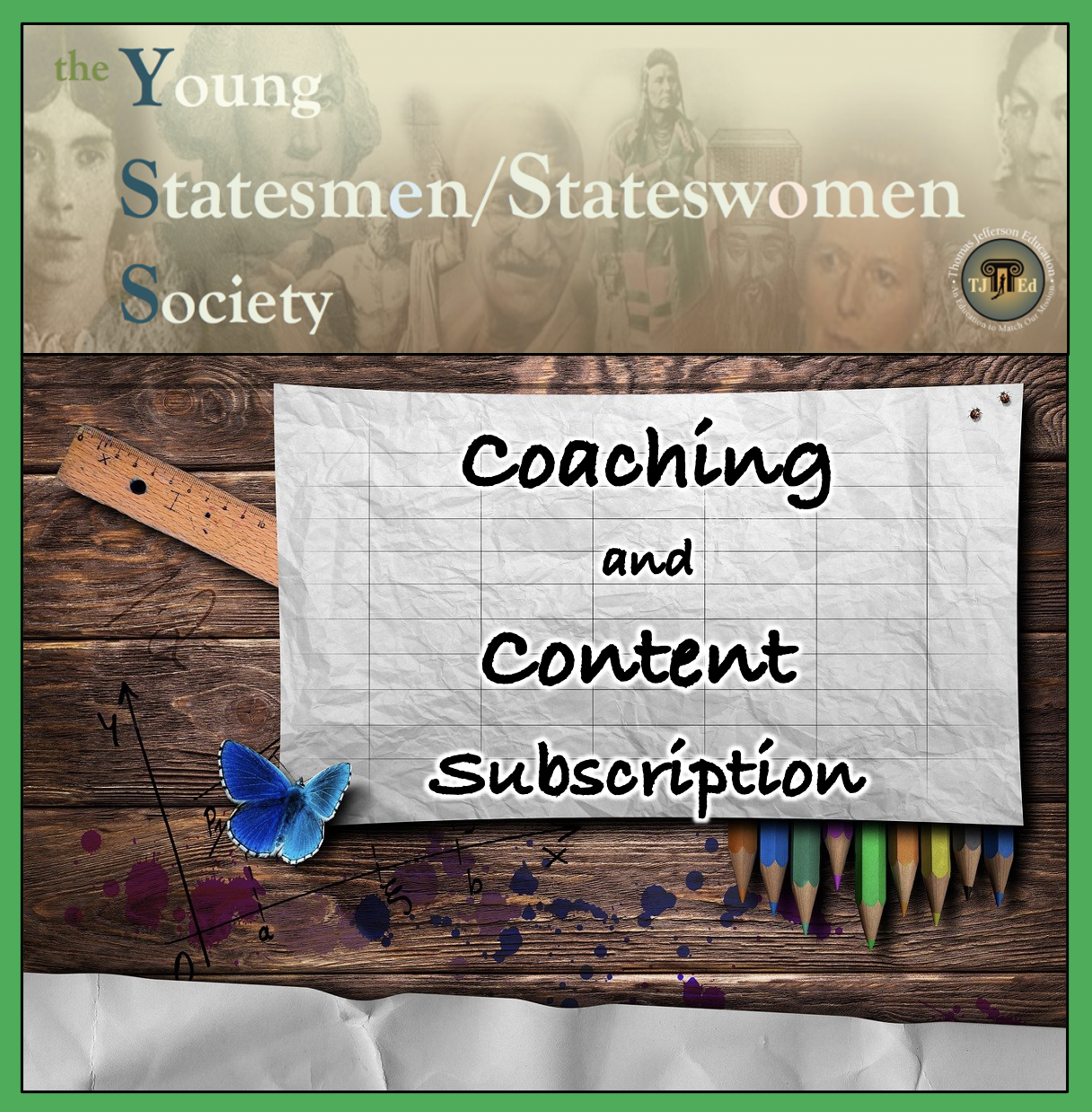

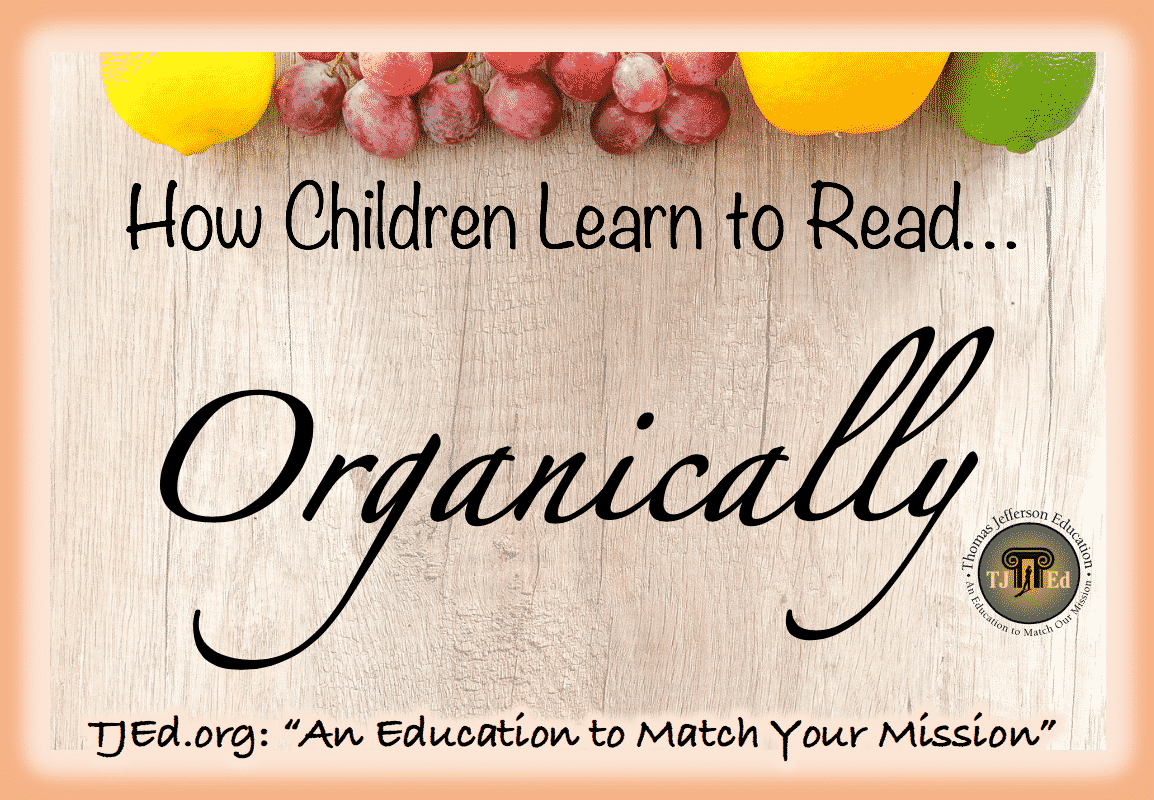




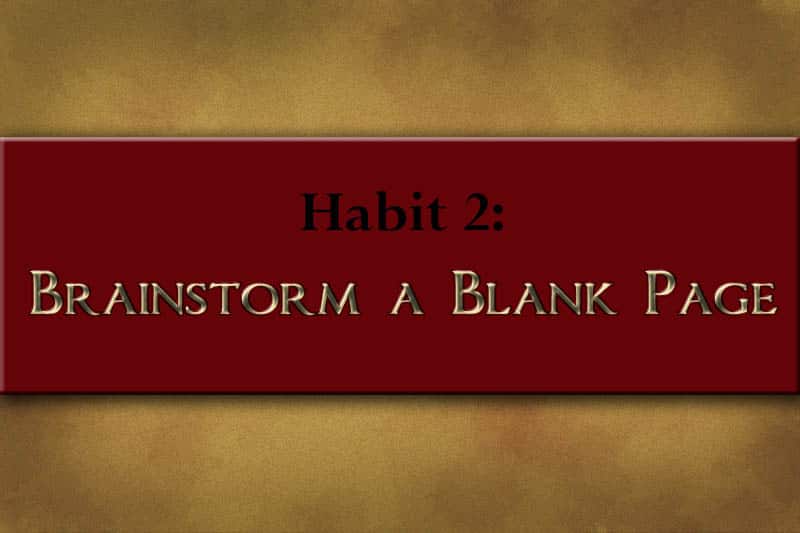








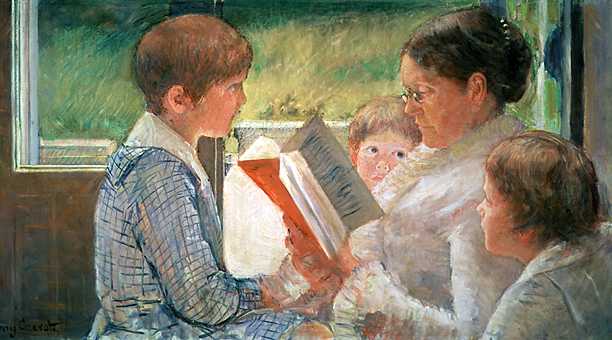




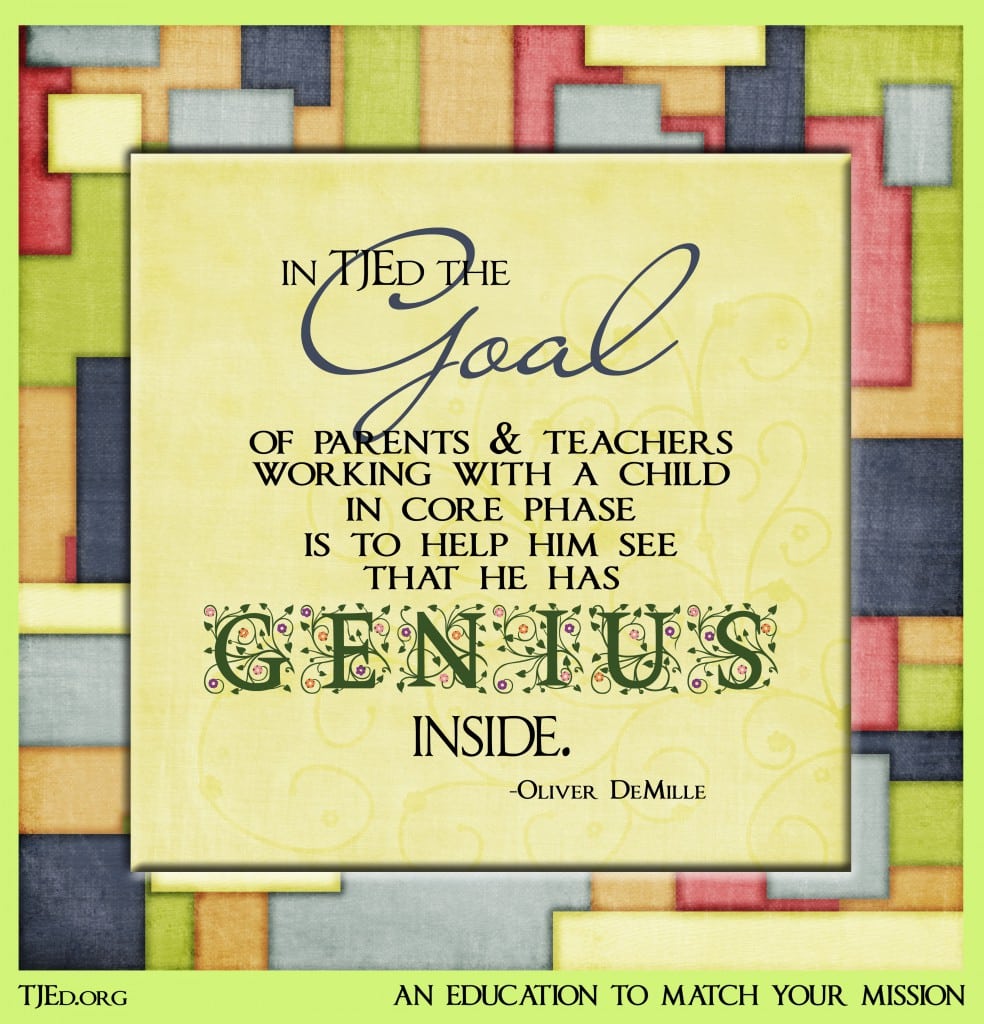







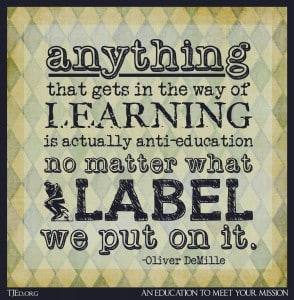
My daughter lacks inspiration. I have tried the last 5 years to encourage inspiration and love of learning. We have taken a very relaxed, literature based approach to learning, which is how she prefers to learn. But there is no desire in her to go deeper in anything it seems. Do you have any suggestions on how to inspire her? She was in public for 4k-1st grade home 2nd-starting 7th now. It seem she can not shake the need to be fed the info and just do the bare minimum when it comes to learning. I have given her freedom to explore as she wishes, but nothing seems to interest her and if it does interest her she doesn’t want to put the effort in to learn more. How do I get her out of the feed me mode?
Thank you. We as parents need to pay attention to our breathing also!
@ Cassie
You might want to see which human need certainty, variety, love and connection, significance, growth, or contribution she cares for the most. On which does she spend most of her time?
If you can figure out which of these needs is most important to her, then you can link that (and several others) to her need for growth and education.
For example, she probably spends a lot of time on entertainment, which fulfills a need for variety. What you can do is increase variability in her education. Put simply, make it more fun.
But you could stack even more human needs up to help her accomplish and learn to love growth by getting a little creative. A service project, for example, if lead with these purposes in mind could touch all of your daughter’s needs: love and connection, contribution, significance, growth, variety, and certainty. Think about it, what you put in her curriculum could actually meet all sorts of emotional needs and get her addicted to learning.
Fear of losing these needs could be useful though too. For example, there is the classic “You’ll grow up to live in a van under the bridge” speech, or “You;ll end up working a job you hate where you do the exact same thing day-in and day-out.”
But fear can be turned into something much more useful–Duty. Duty calls much more out of us.
As a general rule, most people will preform at a lower level if all their work is about themselves. A grandma, for example, does not lift a wrecked car off of herself, but when her grandchild is under the car… well adrenaline changes the whole thing, and Grandma can do miracles. I think this might apply to your daughter’s situation, and we can leverage motives beyond her personal success. We can leverage her fear for human needs being unavailable to other people.
If you know what I mean by a “broken story” (Oliver writes of these), it could be very powerful to have your daughter read and discuss some of these stories with you and/or some other people. The aim of this is to open up some emotions, compassion, anger, love, whatever, so that she is led to feelings for something beyond herself, to put a fire underneath her need for contribution and then in those conversations, a path of application (real understanding) can be figured out by finding the book’s parallels to the world and specifically to your daughter.
These parallels and applications will logically tell your daughter to learn more and this will logically invite your daughter to ignite her need for growth–because of contribution. But more importantly, when these paths of action are drawn out, learning and growth will actually speak to her soul and feel delicious and meaningful.
This same type of stacking and use of fear or excitement towards any of the six human needs can be greatly useful.
I hope this ACTUALLY has been useful, and I hope you can figure out the best ways to teach your daughter.
–Eli
@ Eli, (this is now my second response as the first one failed to send after losing internet at the exact moment I hit submit)
Thank you for your response. It is a lot to ponder and I am still trying to process it all. I have found that I need to work on being inspired myself, but not only inspired but in a visible way she can see, other than always on the computer “doing some research”. That “research” leads me too often to wasted time.
My daughter is very much of the artistic mind. She loves drawing, coloring, crocheting etc. But only when it is what she wants to do. If someone makes a request upon her to complete something for them then she no longer has interest in that particular item. How does one over come this? This is the main issue. She loves reading and listening audio books, and being read to by mom. But if I request an oral narration she balks and doesnt really try. If I request a written narration, she fusses as if I asked her to do a horrible thing. How do I overcome this? She loves anything to read regarding star wars, lego star wars, ANYTHING Star wars basically. She loves horses, and Dr. Who. She loves vehicles (her daddy is autobody tech/mechanic) She even wanted to research the different military vehicles but because she could not find EXACTLY what she wanted, laid out how she wanted to see it, she gave up researching it.
I truly regret sending her to public school. I have struggle way to long trying to help her find her initial passion for learning and zest for life. She was drawing as soon as she could hold a crayon (by 2). She taught herself the alphabet song in a 2 hours time frame. She was a sponge when it came to letters and numbers and by the time she entered 4K she could read, write, and add and subtract. Once she entered school she seemed to stay put for the most part and everyone else around her caught up. When she left the PS system at the end of 1st grade, she hated drawing, reading and math. All things she truly loved and enjoyed prior to entering. Now she sees anything related to learning/educational as something she has to do. If I don’t require it and don’t teach it to her, she doesn’t want to learn it. How do I gain her love back? My only dream for her was for her to love to learn and learn how to learn.
I am going to continue to ponder what you have shared. It really seems deeper than my brain can handle and process right now. Thank you again.